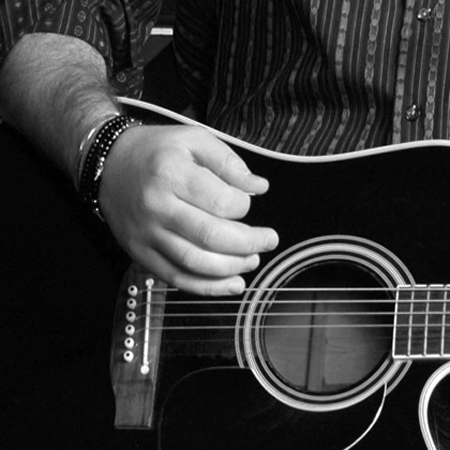How to Play the Hira-Joshi Scale on the Guitar

Playing the guitar is certainly not an easy job, as it requires you to shift chords pretty quickly and do a lot of other things simultaneously, which can be confusing. Therefore, one has to continue practicing for months in order to learn the basics and then go onto start composing different tunes.
If you are aware of the basics of playing a guitar, you should practice one classical scale known as the Hira-Joshi. It is relatively easier, but can only be mastered through thorough dedication and hard work.
This Japanese scale consists of six notes and can be related to the western natural minor scale, which is also quite popular.
Instructions
-
1
Buy a guitar
First of all, you need to buy a good guitar and get it tuned up. If you are unaware of how to do the tuning process, get it done by a professional. Otherwise, you can see YouTube videos related to this procedure. -
2
Position your forefinger
In order to play the root note of the Hira-Joshi scale, you need to position your forefinger on the third fret of the guitar on the bottom E string. -
3
Position your ring finger
Now, you need to position on the fifth fret by your ring finger and play the sixth string. This is the A note of Hira-Joshi scale and also known as the second degree scale. -
4
Play sixth fret with pinky
Using your little finger, you are required to play the third degree of Hira-Joshi scale. Once again, you will have to play the sixth string in note B. -
5
Play note D
In order to play note D, which is the fourth degree of Hira-Joshi scale, you have to play the fifth fret of the A string. You will be able to do this with your ring finger. -
6
Play the note E flat
With the help of your little finger, act the sixth fret of the second last string. This note is known as the E flat and is the fifth degree of Hira-Joshi scale. -
7
Play the D string
In order to complete the Hira-Joshi scale, you need to play the D string. This is the final note of the classical scale, which is famous worldwide. -
8
Play the scale in reverse
Once you have experienced the entire notes, play them in reverse order. This is not an easy task, so you should first have full command of playing the scale in conventional order.







